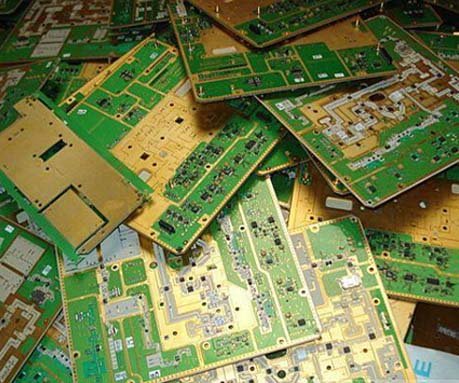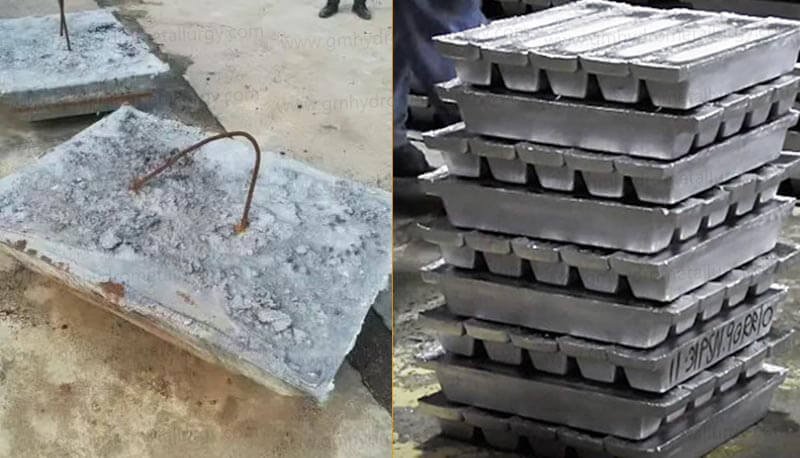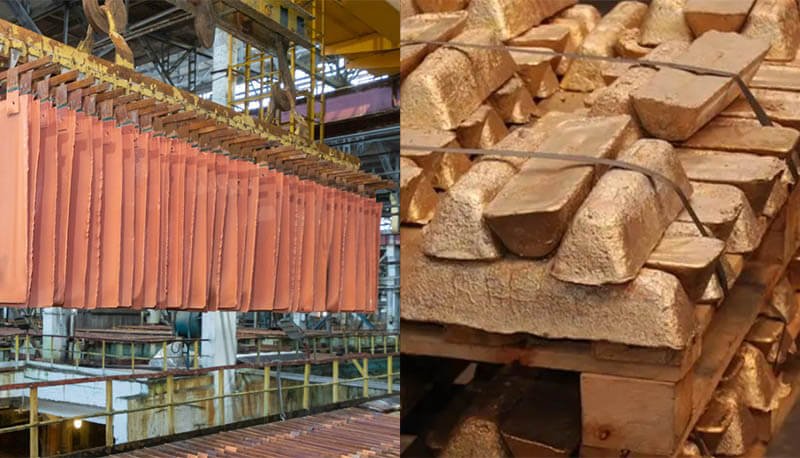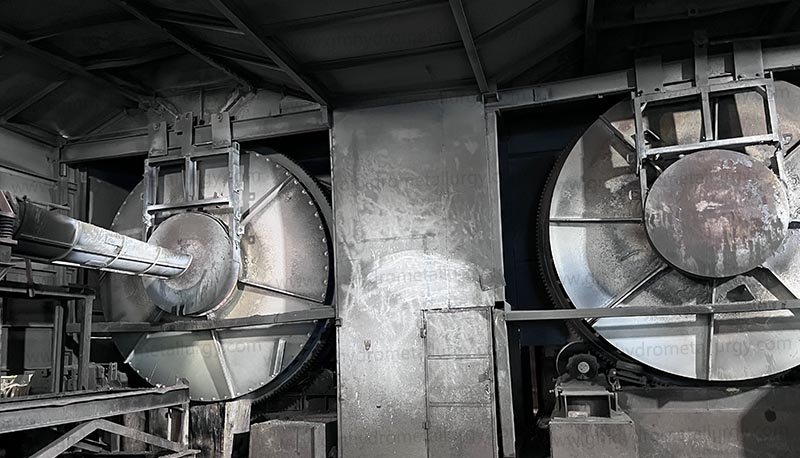The hydrometallurgical process for extracting precious metals such as gold, silver, palladium, platinum, and rhodium from waste electronics is a method that has garnered significant attention due to its lower energy consumption and higher recovery rates.
Specifically, the process of extracting these precious metals from waste electronics through hydrometallurgy typically involves the following steps:
Pre-treatment: Initially, waste electronics products are dismantled and sorted, with non-metallic components being removed and metallic parts retained. This step serves as the foundation for subsequent refining and helps enhance the efficiency and recovery rate of metal extraction.
Leaching: The pre-treated e-waste is placed in an acidic solution, such as concentrated nitric acid or aqua regia, where chemical reactions dissolve the metal elements into the solution. This is a critical step that requires controlled leaching conditions to ensure effective dissolution of metal elements.

Separation and purification: By employing methods such as filtration, precipitation, and solvent extraction, metal elements in the solution are separated from other impurities, yielding a relatively pure metal solution. This step necessitates meticulous operation to prevent metal loss and contamination by impurities.
Metal recovery: Finally, pure gold, silver, palladium, platinum, rhodium, and other precious metals are recovered from the metal solution through processes like electrolysis, chemical reduction, or crystallization. These metals can then be further processed for reuse, facilitating resource recycling.
It’s important to note that during the hydrometallurgical extraction of precious metals from e-waste, the usage amount of chemical reagents and reaction conditions are strictly controlled to minimize environmental pollution. Additionally, any exhaust gas and waste liquid generated during processing are properly handled to prevent secondary pollution.





